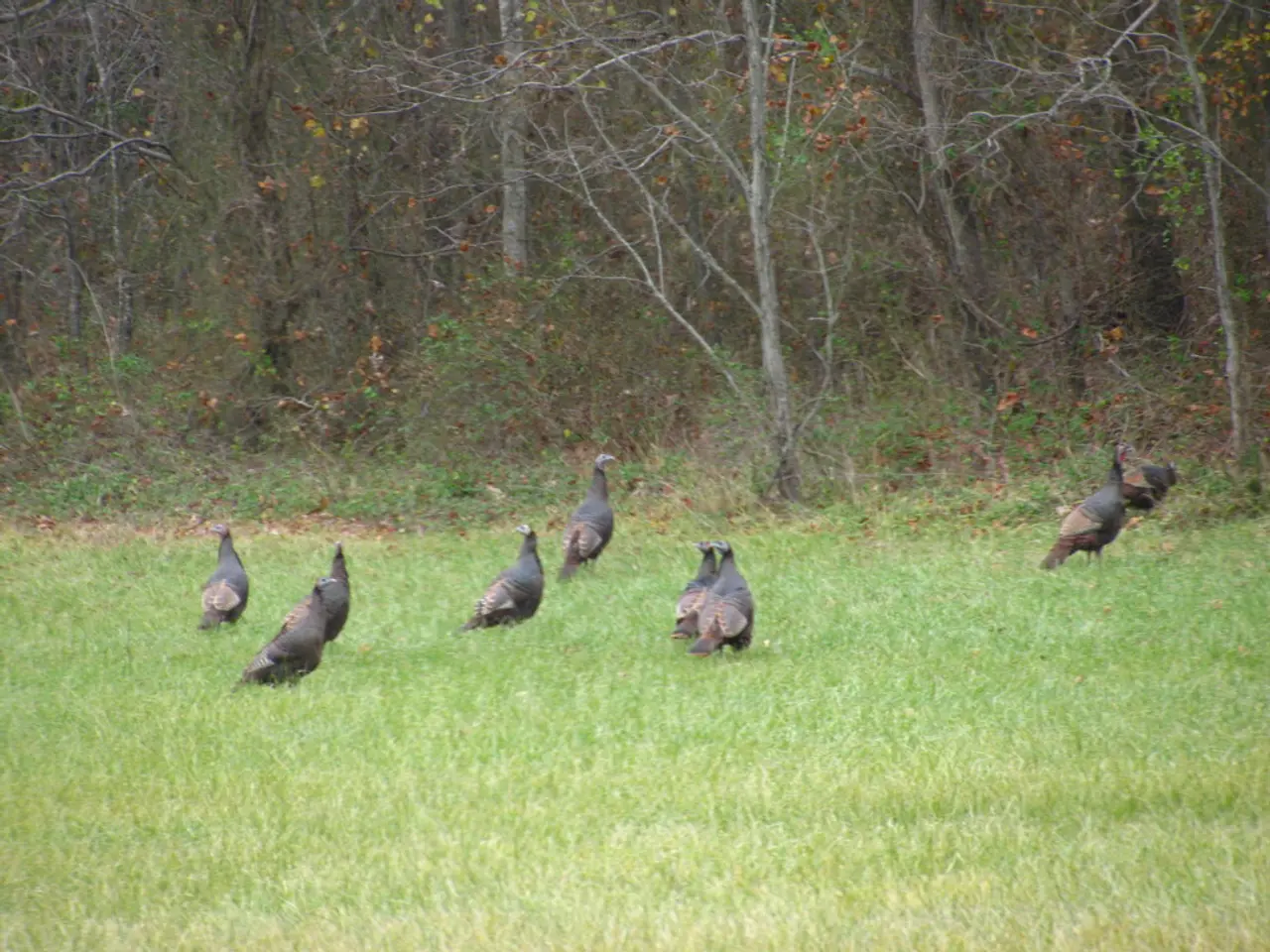Delve into the Art of Avian Exploration: A Beginner's Guide to Birdwatching
In many communities across the globe, local birding groups host seasonal migration events, offering a unique opportunity to observe bird behavior throughout the year. Whether you're a seasoned ornithologist or a curious newcomer, birding can be an enriching activity that fosters a connection to nature, sharpens observation skills, and provides a platform to share experiences with fellow bird enthusiasts.
Birding involves more than just spotting winged creatures; it's about documenting all of the birds seen, identifying the species found, and immersing oneself in the natural world. Joining a birding group is an excellent way to meet like-minded individuals who share a love for nature and birds, and to learn from experienced birders.
Urban environments are not off-limits to birding either. Rock pigeons, sparrows, peregrine falcons, and mallard ducks are just a few examples of birds that thrive in urban settings. Despite the hustle and bustle, the presence or lack of birds can offer insights into the health of the environment.
However, birds face various threats such as habitat destruction, light pollution, decreases of prey populations due to pesticides, and climate change. Current policy rollbacks, like the reduction in migratory bird protections, make it harder for vulnerable species to survive. These threats have correlated with a decreasing bird population, especially in urban areas.
To start birding as a beginner, the basic process involves observing birds in your local area, learning to identify common species by sight and sound, and finding good spots where birds gather, such as edges of habitats or near water sources. Essential tips include getting to know your regular local birds, choosing good locations, picking the right time of day, using simple tools like binoculars and field guides, and being patient and quiet.
Starting with these steps and tips provides a low-cost, enjoyable way to learn birding anywhere in the world. You can gradually expand your bird knowledge and birding skills using apps, field guides, and visiting local birding hotspots. Binoculars, field guides, and a map or GPS can help improve the birding experience, but are not necessary to start the birding journey.
Early morning is one of the best times for birding, as birds are the most vocal and active as they look for their breakfast and tend to their nests. Starting to bird, staying close to home is recommended, with a backyard, nearby park, or doorstep being great spots for a first birding mission.
Hearing a specific bird trill or tweet can be exciting, and sitting quietly and waiting is important in birding to observe nature without disturbance. Respecting nature and practicing ethical birding is crucial, including avoiding getting too close to nests, staying quiet, and sticking to trails.
Tracking the birds seen is an important part of birding, as it allows for research of what was seen after the expedition. So, grab your notebook or notes app on your phone, step outside, and embark on an exciting journey of discovery into the world of birds!
Incorporating outdoor-living and home-and-garden aspects into your birding hobby could involve setting up bird feeders, birdhouses, and birdbaths to attract more avian visitors to your premises. This can enrich your lifestyle by creating a vibrant ecosystem right in your backyard (home-and-garden).
By venturing outdoors to observe birds in various environments, such as parks, woodlands, or coastal areas, one can broaden their birding experience and deepen their understanding of outdoor-living and bird behavior (outdoor-living).




